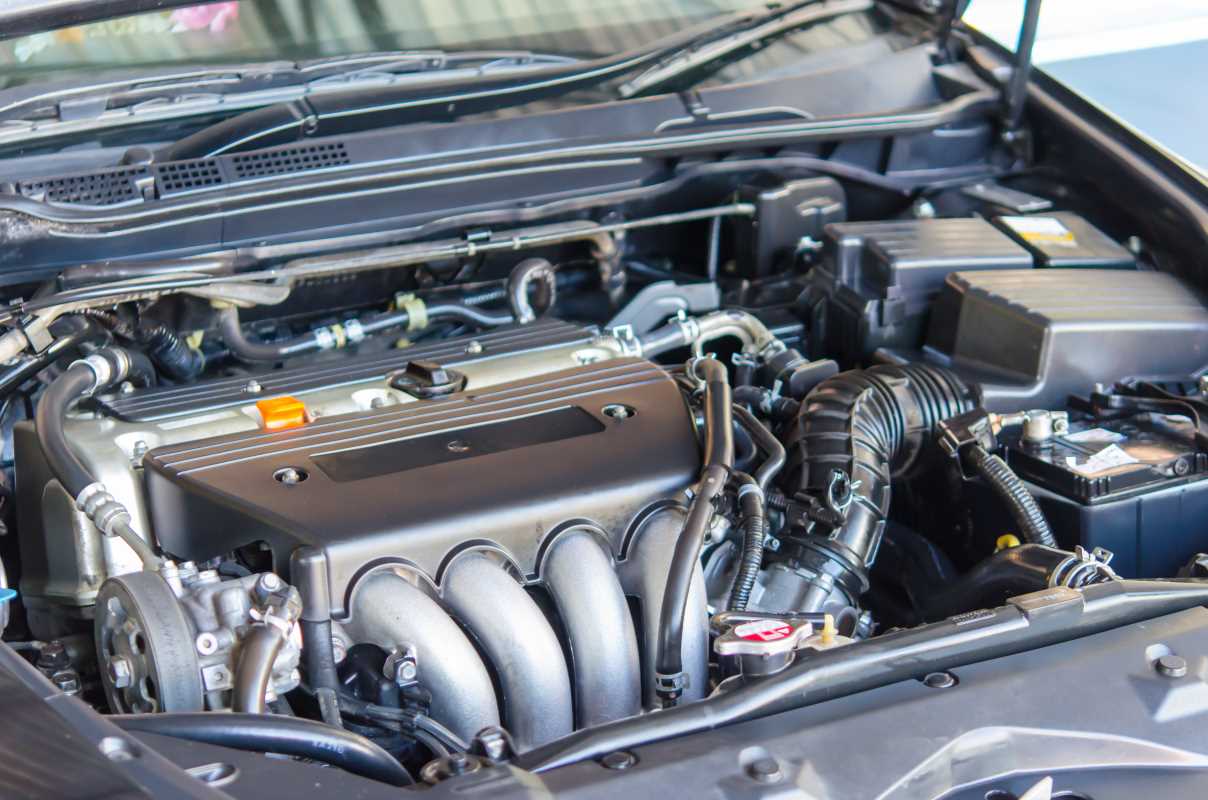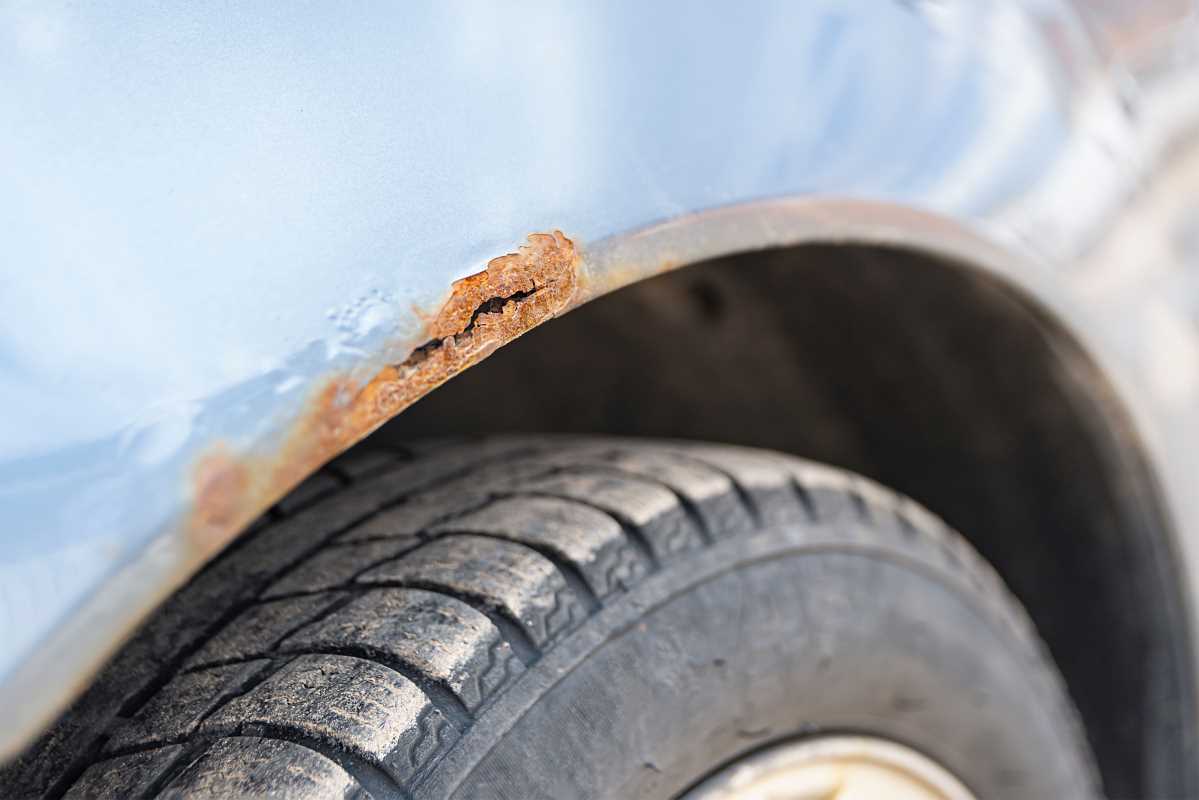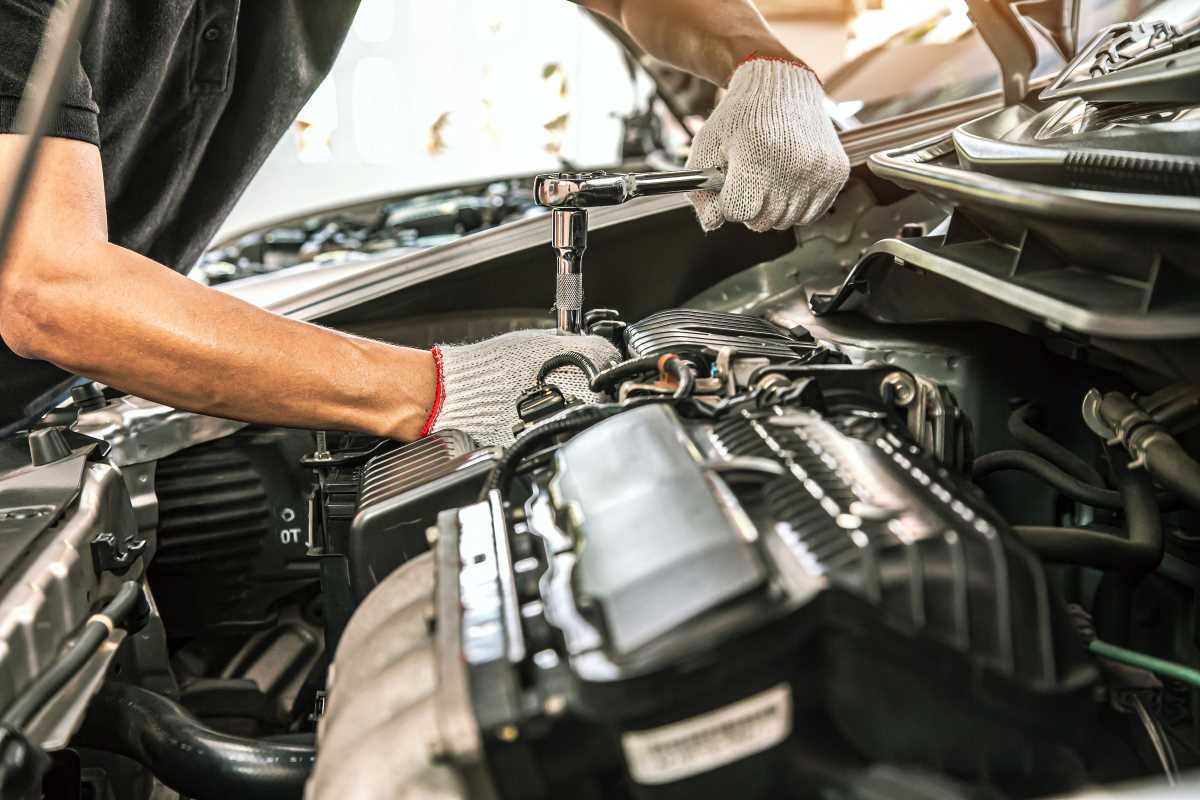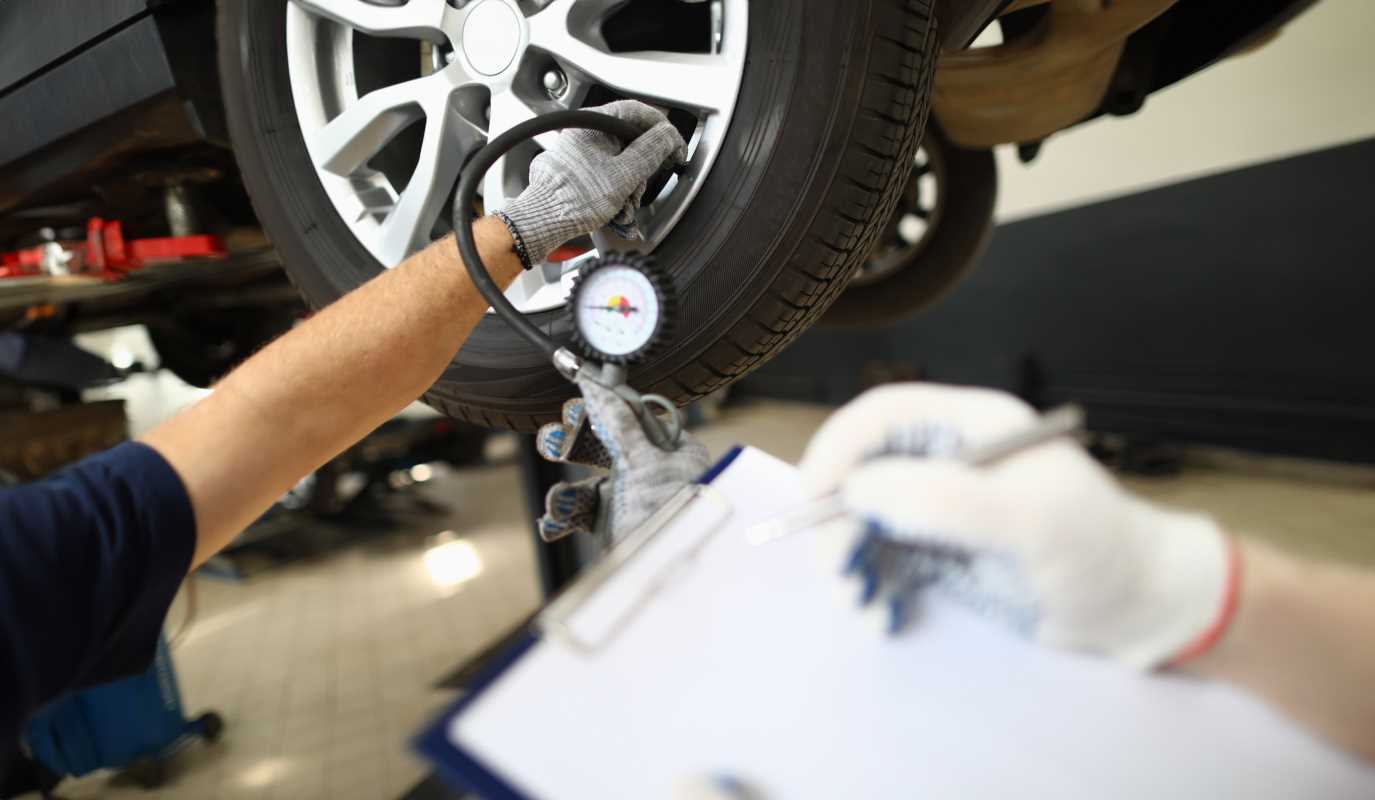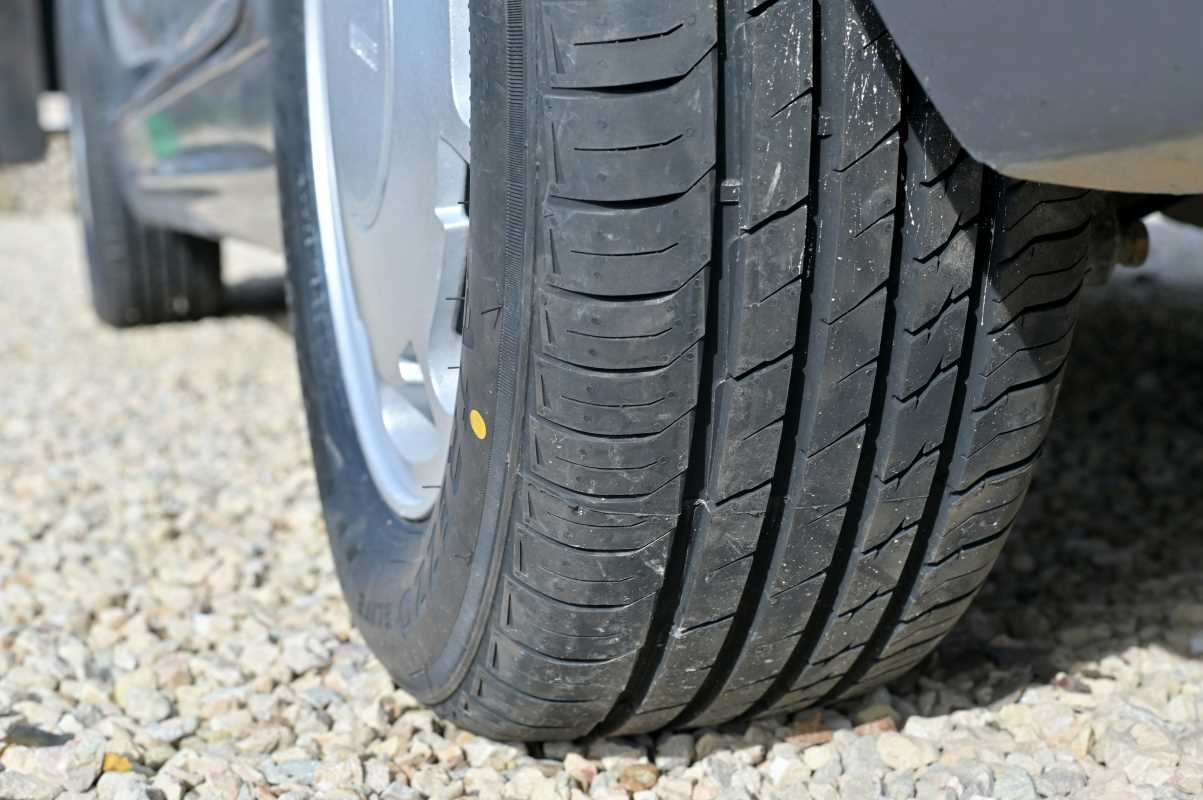Building a personal toolkit for your car is one of the most empowering steps any driver can take. It transforms you from a passive owner into an active participant in your vehicle's health and longevity. Having the right tools on hand gives you the confidence to tackle basic maintenance, handle minor roadside issues, and save a significant amount of money on simple repairs. This guide provides an exhaustive look at the essential car maintenance tools every driver should consider owning. We’ll explore everything from the absolute must-haves for your trunk to the next-level items that unlock a world of DIY potential, creating a comprehensive list for your automotive arsenal.
Level 1: The Essential Roadside Emergency Kit
This collection of tools should live in your car at all times. It’s not about performing major surgery; it’s about having what you need to handle the most common roadside troubles and get back on your way safely.
- Jumper Cables or a Portable Jump Starter: A dead battery is one of the most frequent roadside headaches. A quality set of heavy-gauge jumper cables (at least 12-gauge and 16 feet long) is a classic solution, provided another vehicle is available. For ultimate self-reliance, a portable lithium-ion jump starter is a phenomenal investment. These compact power packs can start your car without assistance and often include USB ports to charge your phone.
- Tire Pressure Gauge and Portable Air Compressor: Proper tire inflation is critical for safety, fuel economy, and tire life. A simple pen-style or digital tire pressure gauge allows you to check your pressures accurately. Paired with a 12-volt portable air compressor that plugs into your car's power outlet, you can top off low tires anywhere, anytime, without searching for a gas station with a working air machine.
- Lug Wrench and Jack: These are indispensable for changing a flat tire. Most cars come with a basic scissor jack and a small lug wrench, but upgrading can make the job immensely easier. A four-way or "spider" wrench provides far more leverage for breaking loose stubborn lug nuts, and a small hydraulic bottle jack is much more stable and easier to operate than a standard scissor jack.
- A Basic Screwdriver and Plier Set: A multi-bit screwdriver and a set of pliers, including slip-joint and needle-nose varieties, can solve a surprising number of problems. They are perfect for tightening loose interior panels, hose clamps, or battery terminals.
Level 2: The Aspiring DIY Maintenance Kit
Once you're ready to move beyond emergencies and start tackling your own routine maintenance, this set of tools will be your new best friend. This is where you start saving real money on services like oil changes and filter replacements.
The Socket and Wrench Foundation
- A Comprehensive Socket Set (3/8-inch Drive): A 3/8-inch drive socket set is the true cornerstone of any DIY mechanic's toolkit. It offers the perfect balance of strength and versatility for most automotive jobs. Look for a set that includes both metric and SAE (imperial) sizes, deep and standard-depth sockets, a ratchet, and several extensions. This set will handle everything from changing your oil to replacing a sensor.
- A Full Set of Combination Wrenches: While sockets are fantastic, they can't fit everywhere. A set of combination wrenches (one open end, one box end) is absolutely essential. The box end provides a secure grip for breaking bolts loose, while the open end is perfect for reaching nuts in tight spaces. Again, get a set with a full range of metric and SAE sizes.
- An Adjustable Wrench: For those odd-sized nuts and bolts you encounter, a good quality 8-inch or 10-inch adjustable wrench is an invaluable backup.
Specialty Tools for Common Jobs
- Oil Filter Wrench: Changing your own oil is one of the most rewarding and cost-effective DIY tasks. Oil filters can be incredibly tight and are often tucked away. An oil filter wrench is non-negotiable. Popular types include the cap wrench (which fits the end of the filter like a socket), the claw wrench, or the simple band wrench.
- Oil Drain Pan and Funnel: You need a way to catch the old oil cleanly. A dedicated oil drain pan with a capacity of at least 6 quarts is a must. A wide-mouthed funnel makes adding the fresh oil a spill-free process.
- Torque Wrench: This is a crucial tool for stepping up your DIY game and ensuring safety. A torque wrench allows you to tighten nuts and bolts to the exact specification required by the manufacturer. This is critical for components like lug nuts, engine bolts, and brake calipers to prevent over-tightening (which can break bolts) or under-tightening (which can let things come loose). A click-type torque wrench is a fantastic and affordable starting point.
Level 3: The Advanced Enthusiast's Arsenal
For those who want to tackle more complex jobs like brake replacements, suspension work, or more involved engine repairs, expanding your toolkit is the next logical step.
- A 1/2-inch Drive Breaker Bar and Socket Set: For suspension components, axle nuts, and stubborn, rusted bolts, the 3/8-inch ratchet just won't cut it. A 1/2-inch drive breaker bar (a long, non-ratcheting bar) gives you immense leverage to break loose the toughest fasteners on a car. A set of 1/2-inch drive sockets to go with it is essential.
- Hydraulic Floor Jack and Jack Stands: This is a major upgrade in safety and convenience over the car's emergency jack. A low-profile hydraulic floor jack lifts the vehicle with ease. Most importantly, it must be paired with a set of robust jack stands. Never, ever work under a car supported only by a jack. Jack stands provide a stable, secure base that can save your life.
- OBD-II Scanner: For any car made after 1996, an On-Board Diagnostics (OBD-II) scanner is a window into your vehicle's electronic brain. When your "Check Engine" light comes on, this tool plugs into a port under your dashboard and reads the diagnostic trouble code, telling you exactly what system is reporting a fault. This empowers you to diagnose problems yourself and avoid paying a shop just to read a code.
- Brake Service Tools: Performing your own brake job is an incredibly satisfying project. A brake caliper piston compressor (or a simple C-clamp) is needed to push the caliper piston back to make room for new pads. A brake bleeder kit makes it easy to bleed air out of the brake lines after the job is done.
Assembling your toolkit is a journey, not a destination. Start with the essentials for roadside safety, then gradually add pieces as your skills and confidence grow. By investing in quality tools, you're not just buying metal; you're buying independence, knowledge, and the satisfaction of keeping your car in peak condition with your own two hands.
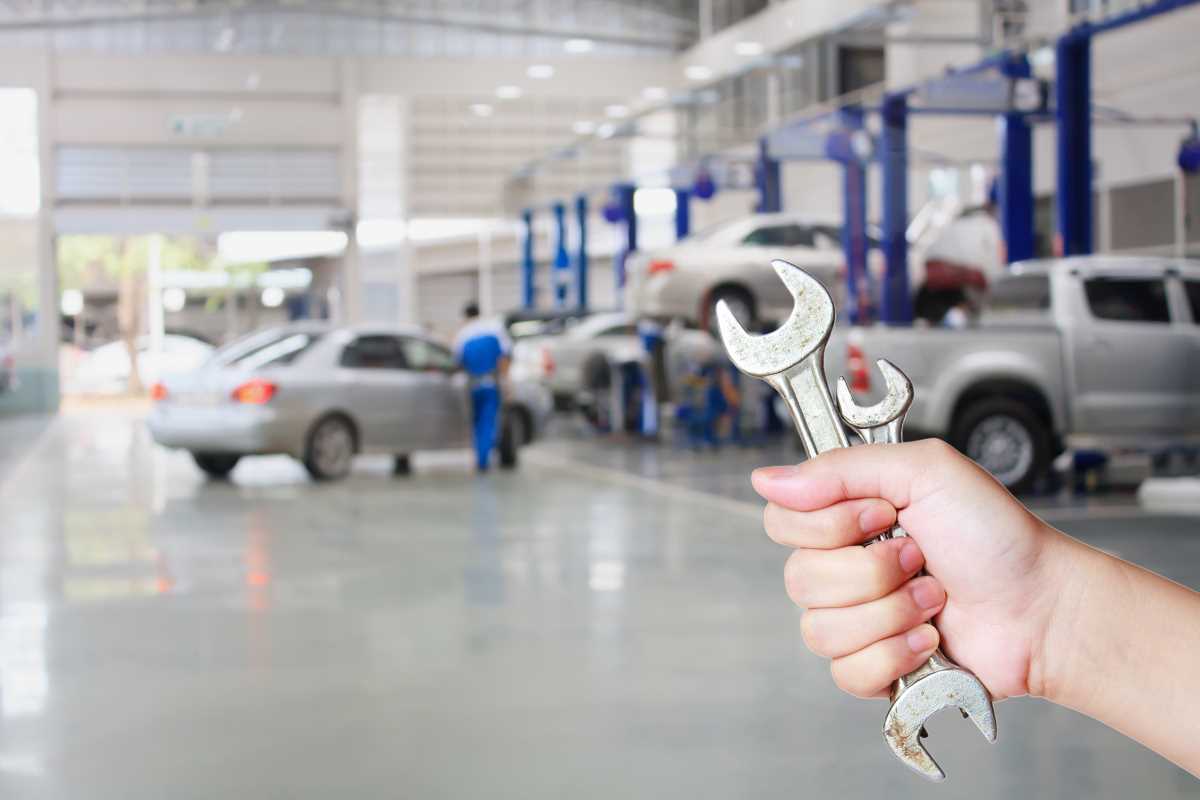 (Image via
(Image via